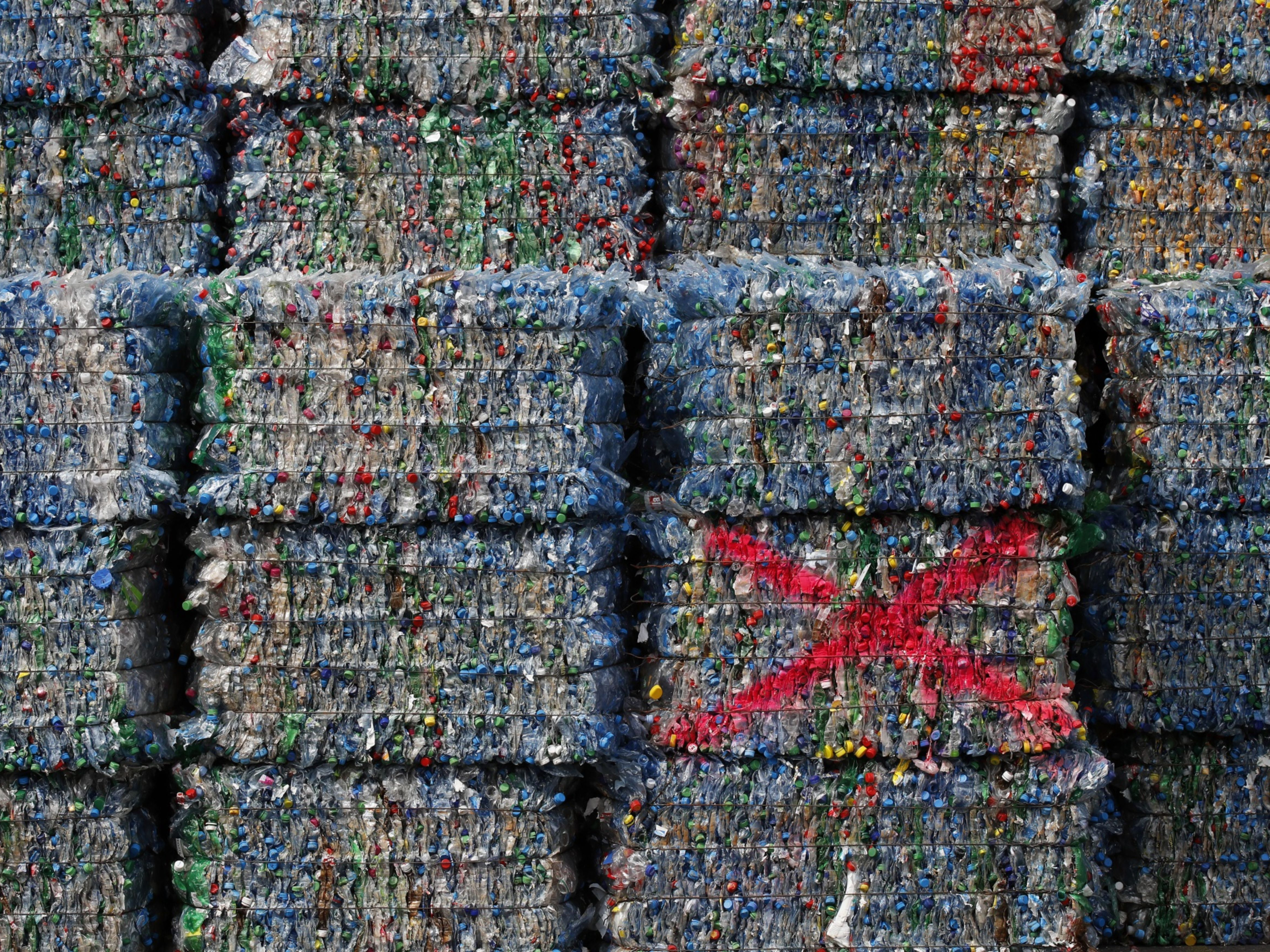
Think Tank
New Report Finds Slow Progress on Sustainable Plastic Packaging

In the effort to reduce the presence of plastic in consumer goods, packaging seems like a good place to start.
In the vast majority of non-food products sold today, plastic is ubiquitous and even necessary as an ingredient. Not so when it comes to packaging, where alternatives exist. But even before replacement materials are considered, there’s the much easier step of reducing packaging waste through recycling and reuse.
Call it a low bar, but many manufacturers have yet to surmount it, despite those numbered triangles embossed on most plastic packaging materials.
How committed is industry to achieving greater sustainability in packaging? The global collaboration platform Ubuntoo recently sought to take its measure through an analysis of the packaging goals of 176 companies across 17 industries. Titled “Plastic Promises,” the report was produced in partnership with market research firm Brandscapes Worldwide. Data came from a combination of corporate sustainability reports, news articles, annual reports, non-governmental organizations and press releases.
The report zeroed in on companies with revenues of more than $1 billion — a sector that’s responsible for a huge amount of plastic packaging. It scored the subjects against four goal categories: commitment to virgin plastic reduction, use of recycled content, packaging recyclability, and efforts at recovery and collection. Ubuntoo and Brandscapes considered both the companies’ stated ambitions as well as concrete action taken toward those goals.
The findings were mixed. Just three of the top 10 leaders in plastic packaging sustainability are based in North America. The most common goals among all companies were recyclability and virgin plastic reduction (in both cases, cited by 44% of the respondents). And of the 95 companies identified as high users of plastics, 30 had no reported plastic sustainability goals at all.
There have been plenty of reports uncovering the world’s biggest polluters, notes Haley Randolph, operations manager with Ubuntoo. What the new survey sought to do was establish a benchmark against which industries could assess their progress toward plastic waste reduction. In the process, it could “inspire companies that weren’t sustainability leaders to take action.”
Many companies are only in their first or second year of making good on commitments toward plastic packaging sustainability, Randolph says. At least on paper, they’re following goals set by the Ellen MacArthur Foundation for adopting packaging that’s 100% recyclable, compostable and reusable by 2025. First, though, they’re addressing the “low-hanging fruit” of recyclability. Further down the line is the replacement of plastic with more sustainable materials, an effort that’s complicated by the different types of plastic that might be found in a single product
The least amount of progress toward reducing plastic packaging waste, according to the report, was in collection and recovery. “Few have goals to collect as much or more than they put out to the world,” says Randolph.
A major takeaway of the report was discovering how many companies have committed to taking action on plastic packaging, Randolph says. But turning those ambitions into measurable results is another matter. The current market for recycled materials isn’t sufficient to support the realization of announced sustainability efforts. “A lot is going to have to change if these goals are to be met,” he says.
Randolph calls it “shocking” that 30% of the biggest users of plastic report no sustainability goals at all. “We were thinking that most CPG [consumer packaged goods] companies would at least have a goal,” he says. “We’re hoping they’ll see others with commitments, and realize that this is something they should also be doing.”
What’s not on the table for a lot of companies at this point is the outright replacement of plastic in packaging. The material remains the best option in many cases for food products, which are highly regulated and restricted in their packaging options. Glass is one possible alternative, but the carbon footprint of transporting it is higher than for plastic, Randolph says. The best choice also depends on geography, with reuse systems more feasible in parts of the country that aren’t experiencing water shortages.
Nevertheless, the reports’ authors hope it will spur action by companies both to adopt sustainable materials and reduce their carbon footprint. “Plastics Promises” is just the first in an annual series of sustainability scorecards that Ubuntoo plants to release, to be followed by reports on waste, climate and fashion.
“Future editions will highlight those who have made major jumps,” says Randolph, “and how they achieved those successes.”






